Lesson Three – Cube Numbers
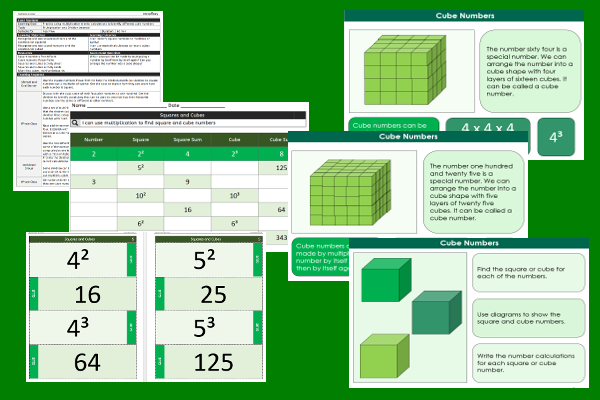
This maths teaching pack for Key Stage Two gets the children to practise using the correct multiplication mental number calculations to identify and illustrate examples of different cube numbers.
The class can identify and record how to use the correct symbol when identifying and recording calculations for cubed numbers as part of a multiplication number sum.
Download this teaching pack including a lesson plan, classroom activities and an interactive presentation to teach the children to practise using the correct multiplication mental number calculations to identify and illustrate examples of different cube numbers
Activities in this teaching pack include a worksheet to select and record multiplication number calculations that can be used to model different square and cube numbers and a set of cards to identify and match different square and cube number products and calculations.
The interactive presentation gets the children to explain how to identify and record different cubed numbers using pictorial diagrams and multiplication calculations.
This lesson is part of a maths scheme of work to get the children to explore and illustrate the properties of numbers that can support multiplication calculations including prime, square and cube numbers and multiplication facts that can be used to derive division quotients. There are teaching activities for shared learning, differentiated worksheets to support independent learning and interactive presentations to introduce concepts and key skills.
-
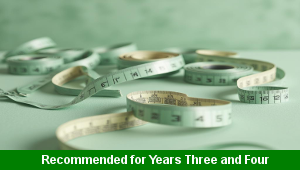
Length Calculations
Practise using number calculations skills for addition, subtraction, division and multiplication when solving problems related to length measurements
-
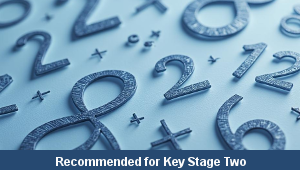
Maths Calculations Assessment
Assess abilities in solving a range of different number problems for addition and subtraction when working with informal and formal written calculations
-
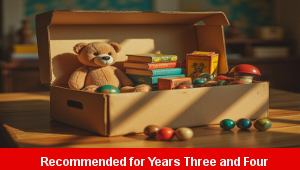
Determinant Lists
Explain and model how to make lists of objects used and found in different locations to match the correct determinants of a and an
-
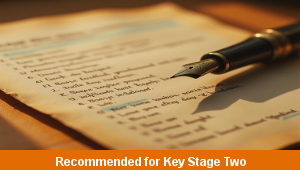
English SPAG Assessment
Assess abilities in composing sentences for fiction and non-fiction using the correct spellings, punctuation marks and grammar vocabulary phrases
